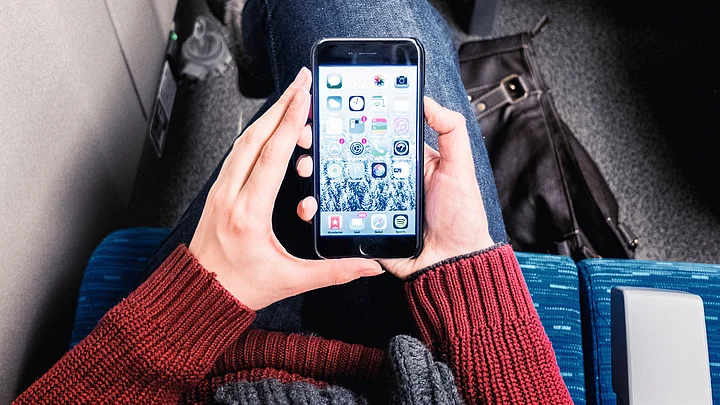Welcome back to the second part on the State of Android vs iOS. Last week I told you about jumping from Android to iOS, so this time let’s get straight into the User Experience.
As mentioned in Part 1, just holding an iPhone (being an Android user always) feels like a lovely upgrade. Basic use, however, is a strange mixed bag.
Popular Criticisms
There was a lot of fuss about #Bendgate and the fact that the camera pops out of the back of the iPhone 6 (and plus). Both those things mean zilch.
Most times you’re too scared to leave your expensive iPhone naked and end up putting a fat cover or case on it. So that negates the camera jutting out of the body, but it also defeats the purpose of the iPhone’s body being incredibly pretty by covering it up.
No matter how pretty your phone case is, it looks like a Hijab on the iPhone.
Even in the remote possibility of you having the balls to leave your phone naked, why would you place it on a table and look at it from the side to be able to spot the camera jutting out?
Yes I would have liked a bigger battery that would have made the cover fatter and the camera on the same level, but that’s another story.
The Screen is Incredible
A lot of ‘mobile phone reviews’ go on and on about the PPI count while reviewing screens.
If you’re buying a phone after looking at its high PPI count, you either have The Terminator vision, or are buying phones for measuring certain male genitalia, only to tell your friends ‘look my specs are bigger and hence better’.
It doesn’t work that way. A phone screen can have higher PPI but isn’t necessarily better. A ‘better screen’ is one which has better color reproduction, and which is actually visible clearly in the sun without an electron microscope.
Look at the LG G3 — it was the first phone to have a 2K screen, and its screen had terrible washed out colors and strange halo-ing around the icons.
The iPhone 6 Plus has a full HD screen, a much lower PPI count than some of the current Android flagships. However, the 6 Plus’ screen blows everyone else out of the water (except for the Samsung flagships — they’re another league).
There is no blurring or pixellation visible anywhere, the photos look crisp as hell, and reading long articles or even eBooks is a joy on a big, bright screen. Watching videos is great as well, only if the video file format is permissible in Apple land, but we’ll get to that insane frustration at a later stage.
Notifications are Simple
Except for the stock versions, the Android notification bar is a crazy circus, with dozens of eyeball crushing icons jammed up there as shortcuts.
Samsung and LG phones are particularly vomit-inducing with their custom skins screaming at your face like a junkie. On iOS 8.3 the notification bar is like a tuxedo fella suavely whispering messages to you.
The drop down action is the same as Android but it’s nice to see the calendar on the left and the notifications on the right.
There is a little cross to dismiss notifications, and you can even reply to some of them inline. No crazy colors, just simple understated messages, and the notifications tones are lovely as well.
When you wake up in the morning and see your significant other’s message glowing on the screen, it somehow looks more thoughtful than it did on Android.
There is, however, a major source of irritation. On Android, when you get a notification, you can simply click on the same and it will immediately take you to the relevant app and open the message.
On the iOS, you get notifications in real time, but apps don’t refresh as fast —you have to wait for them to load before you can view your message. For example, if you get a Gmail notification in Android, you click on it and the phone takes you to that particular Gmail in your inbox in half a second.
If you get a Gmail notification on iOS, you click on it, and the phone takes you to the Gmail app, but waits for a while to load the new mail. If there’s good network connectivity, you can see the message in 5-6 seconds, but when the reception is bad, you can end up waiting till you pull your hair out.
I don’t know why this happens — it could probably be the lack of 2GB RAM that is common in Android, or it could just be an iOS issue which would be fixed in the future.
A more learned ‘Mactard’ is invited to enlighten us in the comments.
